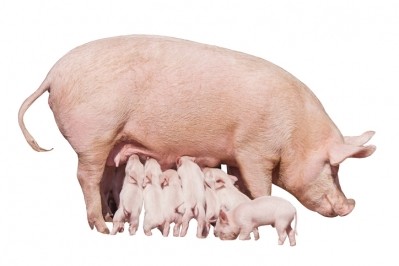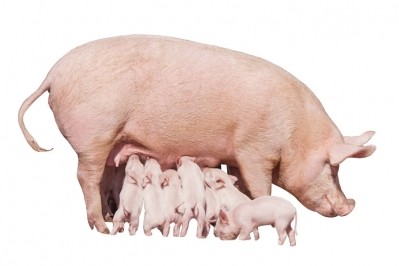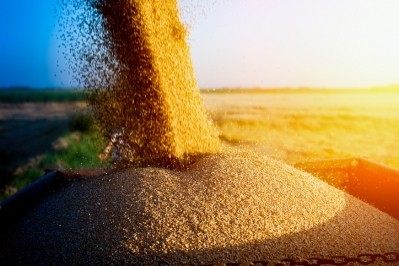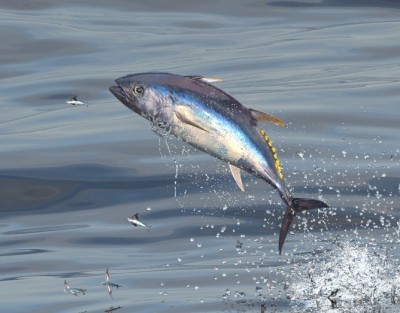Benefits of phospholipids in sow diets
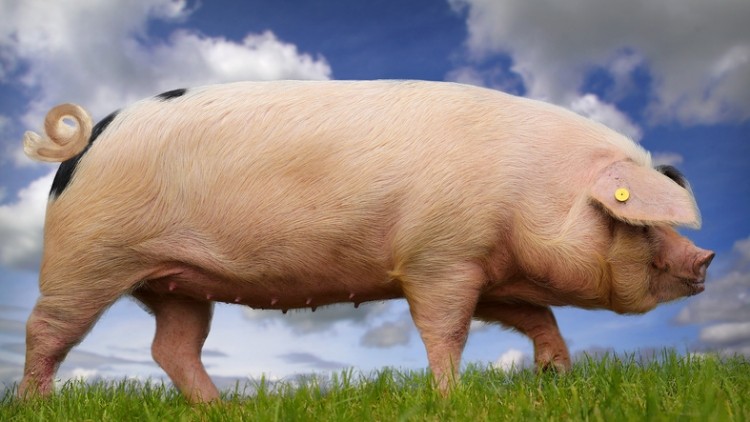
Research into the effects of LPL on animal nutrition has mainly focused on piglets and poultry (Xing et al., 2004; Han et al., 2010), said the Chinese team behind the study, published in Animal Feed Science and Technology.
However, there has been no assessment of the efficacy of LPL on pregnancy and lactating sows. Therefore, the Chinese researchers, based at China Agricultural University in Beijing, said the lack of such data prompted them to explore the role of LPL in lactating sows' performance, milk composition and serum index, and determine the optimal dose of LPL required.
The academics said lactating sows do not consume enough feeds to supply their daily energy needs for maintenance and milk production (Sulabo et al., 2010), so they may mobilize energy from both body protein and body lipid stores, which in a long term can impact the reproductive performance of sows (Dourmad et al., 1994). Excessive loss of back fat during gestation and lactation of sows could influence the percentage of stillborn piglets (Maes et al., 2004). They noted that the best reproductive performance requires that back fat thickness is maintained within an optimal range (Kim et al., 2016).
Benefits of lysophospholipids
Phospholipid molecules have a lipophilic part due to fatty acids esterified to glycerol, and they also have a hydrophilic part due to phosphoric acid and either choline, ethanolamine or inositol, said the Chinese experts.
“The combination of lipophilic and hydrophilic properties allows them to act as biosurfactants when mixed with water and fat (Schwarzer and Adams, 1996). The specific phospholipids in lysophospholipids (LPL) are more hydrophilic than other phospholipids because they only have one fatty acid residue per molecule (Schwarzer and Adams, 1996), which could potentially be used as an emulsifier to enhance the utilization of dietary fat, and may help improve nutrient digestibility and production performance of sows (De Rodas et al., 1995).”
Earlier studies, they said, show LPL could change the fluidity and permeability of the membrane by changing the membrane lipid bilayer (Maldonado-Valderrama et al., 2011). LPL contains lysophosphatidylcholine (LPC), lysophosphatidylethanolamine, lysophosphatidylinositol and lysophosphatidic acid, and they noted that LPC could stimulate expression of growth factor by endothelial cells (Kume and Gimbrone, 1994).
The researchers cited a study by Han et al. (2010) that found the addition of LPL in laying hens diets could significantly increase egg weight and feed efficiency.
The Chinese researchers said others studies have also shown that LPL has a positive effect on vitro ruminal fermentation (Cho et al., 2013). In addition, research by Han et al. (2010) indicated that LPL can also linearly increase vitamin A and E content in egg yolk, while Song et al. (2015) found that the addition of LPL to Hanwoo Heifer diets could improve carcass performance and meat quality.
According to other researchers, dietary supplementation with LPL could increase weight gains and feed conversion ratio of weaning piglets (Schwarzer and Adams, 1996; Zheng et al., 2017).
Methodology
Forty sows were allotted to five dietary treatments with eight sows per treatment based on back fat thickness, and body weight. From day 107 of gestation to day 21 of lactation, sows were fed corn-soybean meal-based diets containing 0, 250, 500, 750 and 1,000 mg/kg LPL, respectively, said the team.
The researchers said feed intake of sow was recorded to evaluate average daily feed intake (ADFI). Sows were weighed on day 107 of gestation, within 48 hours after farrowing, and on weaning day in order to calculate body weight loss. Back fat thickness was measured on day 107 of gestation, at farrowing and on weaning day using an ultrasonic device, they said. Within 24 hours after farrowing, the litter size was standardized to approximately 10 piglets, they said. The birth weight of piglets was recorded at birth and weaning to calculate average daily weight gain (ADG) of piglets, they explained.
Findings
The Chinese team found that as the concentration of LPL complex increased, the body weight loss of sows during lactation was linearly reduced, whereas ADG of piglets was linearly increased.
Again, as the concentration of LPL increased, concentrations of immunoglobulin A (IgA), immunoglobulin M (IgM) and Immunoglobulin G (IgG) in colostrum and milk of sows were increased linearly, while the content of IgA in serum of sow was increased quadratically, said the authors.
They also saw that the apparent total tract digestibility of dry matter, crude protein, ether extract, gross energy, neutral detergent fiber and acid detergent fiber in sows was increased linearly as the concentration of LPL increased.
The content of serum glucose was raised linearly, whereas the contents of serum triglyceride and total cholesterol were decreased linearly in sows as the concentration of LPL increased, added the team.
They concluded that dietary supplementation of LPL at 750 mg/kg inclusion level was optimal for lactating sows based on minimizing back fat loss and maximizing piglet weight gain.
“In this study, the body weight loss and the thickness loss of sows were reduced as the concentration of LPL increased, which showed LPL could help maintain the back fat thickness (Zhao et al., 2017).”
The increasing dietary concentration of LPL could also help to alleviate the difficulties of fatty acid digestibility and result in an increase in litter weight gain and ADG in weanling piglets, they said, and they noted that finding is in line with the study of Jones et al. (1992), who reported an increase in fat digestibility when lecithin or lysolecithin were added to nursery diets containing soybean oil or tallow.
Source: Animal Feed Science and Technology
DOI: https://doi.org/10.1016/j.anifeedsci.2018.12.009
Title: Effects of dietary lysophospholipid complex supplementation on lactation performance, and nutrient digestibility in lactating sows
Authors: QQ Wang, SF Long, JX Hu, M Li, L Pan, XS Piao
